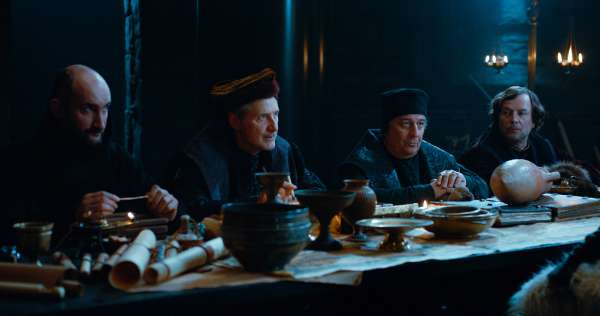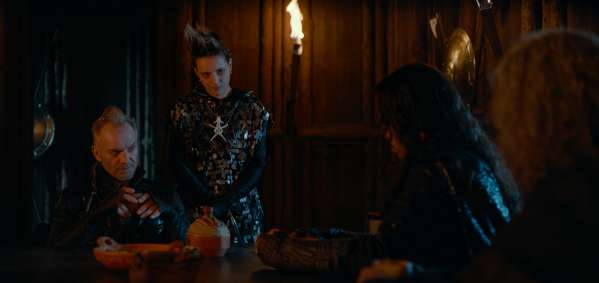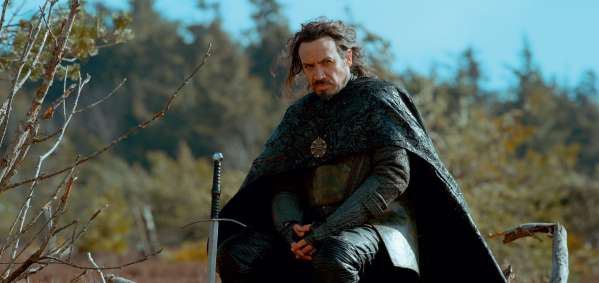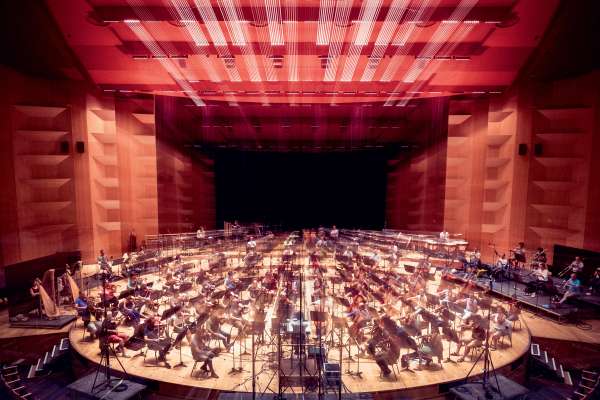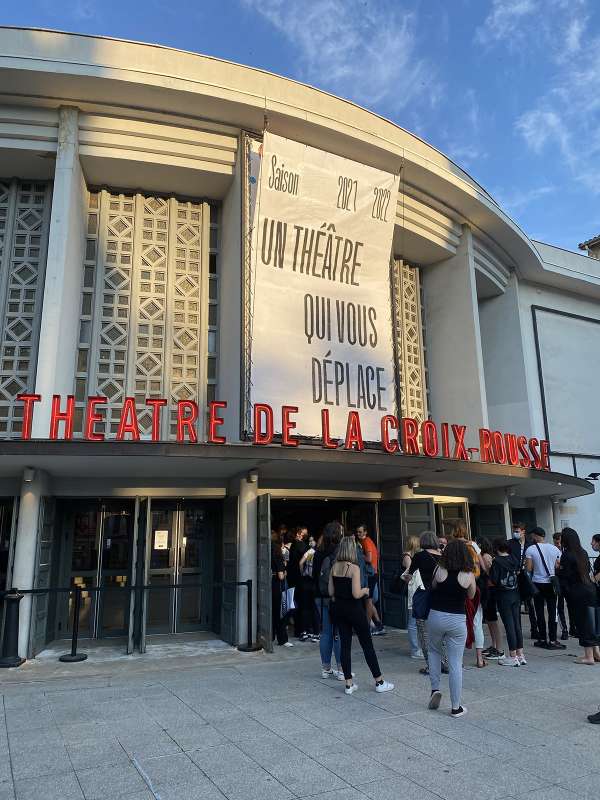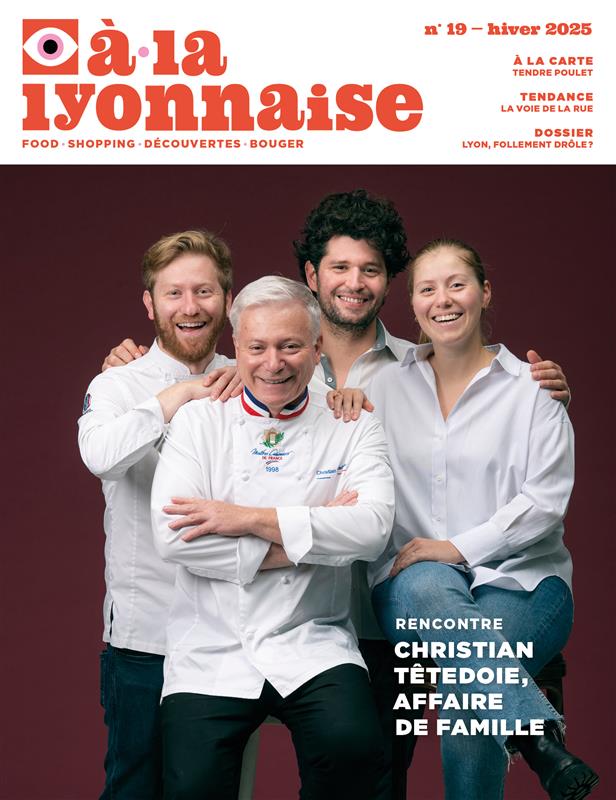Alexandre Astier
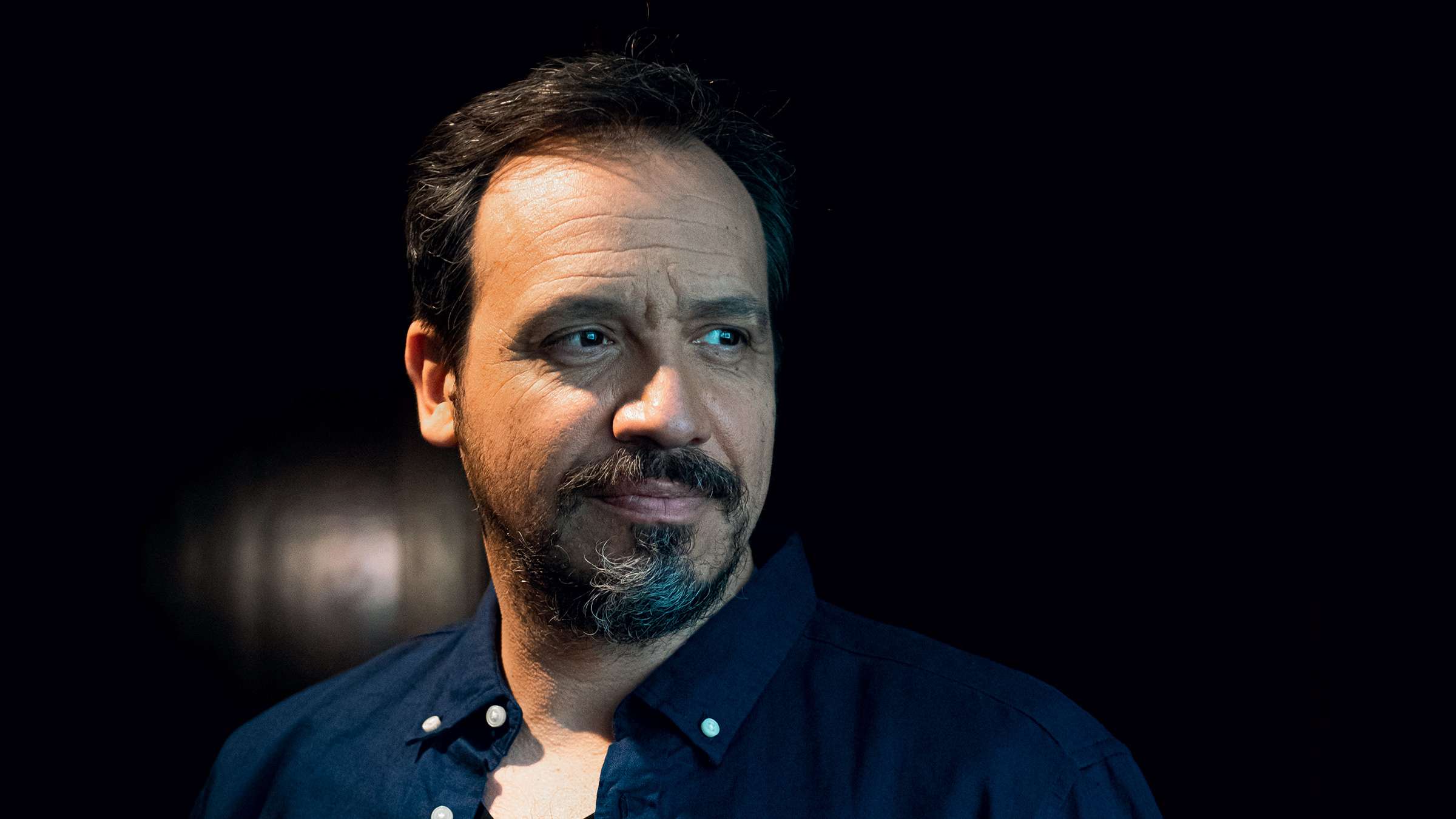
Kaamelott, the film by actor and director Alexandre Astier, known as Kaamelott: the first chapter or Kaamelott: first instalment, has been a huge success since its release in cinemas in July. We got the chance to talk with King Arthur himself.
For you, was it essential to shoot this first chapterin your region?
Yes, there’s a place that has fascinated me since I was a child, and I’ve always filmed there whenever I can. It is Mont Mézenc, which stands next to Mont-Gerbier-de-Joncs, at the source of the Loire. The town of Les Estables, the location for Excalibur’s stone, is there. It’s a harsh and unwelcoming place, but it is very beautiful. It’s tough and austere; you can come across spills of basalt rock in the middle of a mountain. It’s a steep, granitic land-scape, with metallic, green and dense colours, which looks absolutely stunning on film! It’s like a slightly intimidating character.
Things get different as you move towards the Cantal, for example. There’s something a bit magical about filming there. Like in the desert. It plays a part in the film: the characters aren’t in just any location; you can tell that it’s tough terrain to walk, travel and sleep in. Then just add the sound of howling wolves and things start to get serious. I need that atmosphere, as much as the actors do!
Do you plan to continue to film in the region for the tworemaining episodes in what you have announced to be a trilogy?
It’s difficult to tell you, but I can say that in the next film, if it happens, there will be quests (with an s at the end). I haven’t written it, but the adventures should involve many locations. So I’m almost certain that I will be filming in the region again!
I really like the Vercors, and I haven’t been there yet for this film. It has its own kind of hostility and boasts fantas-tic landscapes for filming that are every bit as good as Peter Jackson’s locations in New Zealand. It’s like being on the moon there, it’s incredible. And if you choose the right time, it’s even better! It is a bit difficult to access, but that’s a production choice. As long as we don’t need a helicopter to drop us off, I really want to explore locations there. I still haven’t exhausted the potential of my region*!
Do you already know where the story will be going, as far as the third instalment?
I can’t talk to you about that yet, but I do need to have a direction in mind, so the ships arrive on the right continent... I’m forcing myself not to begin yet, so I can remain in the spontaneity of writing. I haven’t even got round to creating a folder in my phone named ‘Kaamelott Chapter 2’.There’s no shortage of ideas; actually, it’s more like a jungle. I need a machete to clear a little path. That’s kind of where I am at the moment, but I’m trying to keep some ideas for later, to keep the flavour of what I’m doing in the present moment.
Your parents are playing the part of Arthur’s parents-in-law in the film. Actors’ lines are one of the hallmarks of Kaamelott... Does this have anything to do with your upbringing?
I can’t imagine a line that is just there to provide information! It goes back to the memory of my parents, who are actors, talking about things they had to do where the dialogue wasn’t very good...
As Michel Audiard said a long time ago, all that matters is that it sounds good! The more powerful and sturdy the things you build around the actors are, the better things work. That’s one of the reasons I film in Auvergne.
That’s also why I took Clovis Cornillac, the latest addition to our cast from Lyon, to the desert of Oman with his two henchmen. We could shoot the same scene around a table and two chairs. But when they arrive there, everything affects them: what brought them there, the seven-hour flight, the many hours of driving in a 4x4 to get to the location, the special atmosphere of the desert, the heat, night falling... You can feel the saga and that really feeds into the actors’ performances. And then, bam! They start chatting about little things. Filming inplaces like that, which naturally exude an epic saga, gives minor scenes a big boost.
That’s one of the new things with this film, which was already happeninga bit in the final episodes of the series, which were a bit longer: we create a big visual impact around the characters. This doesn’t happen a lot in comedies. Of course I don’t put anything off limits for myself, and making films is all about telling stories! Comedy is apopular genre, I totally agree!
So it needs a bit of everything in it! Just because something is a comedy, it doesn’t mean you can never have tragedy or characters that die, for example... There are rules floating around comedy, which, in my opinion, do us a great disservice. Comedy is suffocated by the promise of making people laugh; you don’t say to people: “I’m going to make you laugh! ” It’s very pretentious, first of all, and it’s not something you can order up... I’m not trying to make a standard historical adventure film either. Anyway, I take the absurdity seriously, the story seriously, the music seriously, the Arthurian traditions seriously, and the fooling around seriously too (laughs)!
The film is bathed in a very bright setting; is that also about creating a visual impact?
Yes, the film transports us to the sun, and it really is an ode to youth. I have a large family (Editor’s Note: seven children), and my children who are old enough also act in the film. Like Jean-Marie Dreujou, Jean-Jacques Annaud’s cinematographer, I’m obsessed with film gear. We tried loads of things out and we chose a beautiful 70 mm digital camera to preserve the wide format of the tale. We took it everywhere, even when we filmed in the desert, and we found our own language for the film, our own form of poetry...
Biography
Author, actor, film-maker, performer, director, musician, composer...
Alexandre Astier is an unclassifiable artist who wears many hats. ‘Helmets’ would perhaps be more appropriate in his case, given how closely associated he is with his most famous character: King Arthur in the TV, comic book and film saga Kaamelott.
Born in Lyon, in 1974, he lived in Paris briefly before returning to his native region, where he acted in theatre, composed, admired Louis de Funès, filmed with Isabelle Adjani and performed one-man-shows. His work features his family (notably his parents Joëlle Sevilla and Lionnel Astier, and his children) and his gang, which includes friends from Lyon Jacques Chambon, Jean-Christophe Hembert, Franck Pitiot, Brice Fournier and, the latest addition, Clovis Cornillac.
Address book
Studio 2424 rue Emile-Decorps,
Villeurbanne.
Déjà entre théâtre et cinéma, c’est dans ce studio de tournage et de répétition créé par Roger Planchon qu’Astier a créé sa première pièce, Le jour du froment, il y a tout juste 20 ans, en 2001. On y trouvait déjà Loïc Varraut et Jean-Christophe Hembert (à la mise en scène), encore aujourd’hui dans KV1.
Acting Studio10 rue Juiverie,
Lyon 5e.
“I don’t go out much to scout for actors, but I do occasionally visit this school run by my mother (Editor’s Note: Joëlle Sevilla, who plays Seli in Kaamelott). I sometimes try actors out, but I don’t do castings. We spend a day together, and try out bits of text. I keep their numbers and, when I need somebody, for a supporting role in Kaamelott: The First Chapter, for example, I give them a call, even if it’s from Oman! ”
L’Auditorium149 rue Garibaldi,
Lyon 3.
« C’est là qu’on a enregistré toute la bande originale de KV1 avec l’Orchestre national de Lyon. La musique a vraiment un rôle à part entière dans le film, elle évoque plus ce qui risque d’arriver que ce qui arrive. J’ai fait venir mes enfants pour la fin de l’enregistrement, juste avant l’arrivée du petit dernier (Isaac, né le 20 juillet 2020 juste après l’enregistrement, NDLR). »
Delicatessen6 rue de Savy
Lyon 1er.
C’est le resto de « viandards » des potes de Kaamelott, tenu par le grand Brice Fournier alias Kadoc dans la série comme dans le film, là où toute la bande se retrouve souvent pour faire bonne chère.
Théâtre de la Croix-RoussePlace Joannès-Ambre,
Lyon 4e
C’est ici qu’Alexandre Astier a joué tous ses seuls-en-scène, du temps de Philippe Faure : Que ma joie demeure sur Bach ou L’Exoconférence.« J’ai été élevé en sachant que c’est au théâtre qu’on progresse comme comédien. Je ne sais pas comment, mais il faudra que j’y retourne, même si je ne suis pas doué ! » Pour le moment, pas encore de date à l’horizon...
